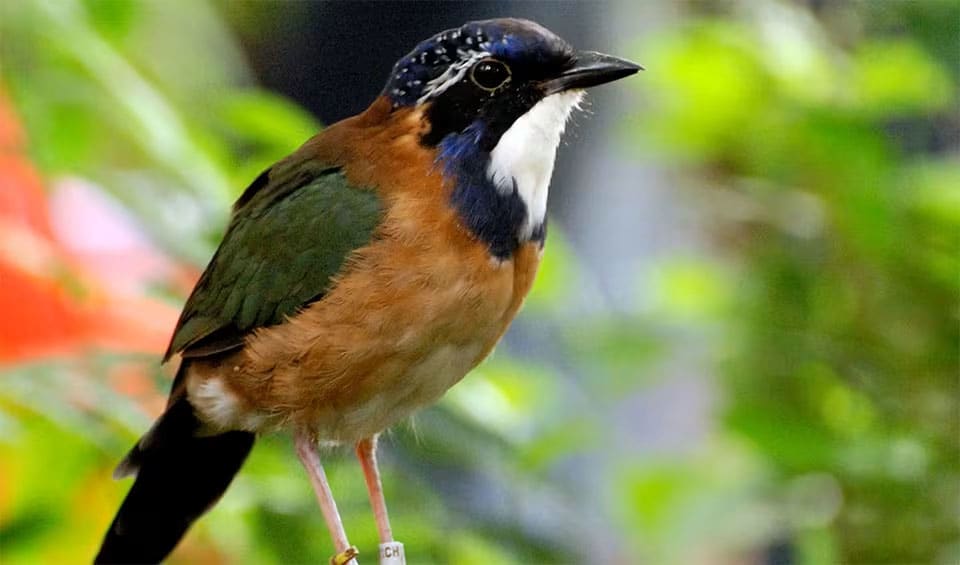Belonging to the ground roller family, this species boasts a striking cobalt blue head, which contrasts beautifully with its earth-toned body. Despite its small and slender build, the Pitta-like Ground Roller is a formidable predator, capable of inhabiting a wide variety of habitats ranging from dense forests to open grasslands.
Unlike its aerial counterparts, the Pitta-like Ground Roller prefers to forage on the ground, where it silently stalks its prey with remarkable stealth. By standing motionless and making short, darting runs, it is able to catch insects, worms, and small reptiles with precision and agility. This ground-dwelling behavior sets it apart from other members of the roller family and highlights its unique ecological niche.
During the breeding season, which occurs seasonally, the Pitta-like Ground Roller constructs its nest on the banks of the earth, where both partners play an active role in providing care for their chicks. This cooperative breeding strategy ensures the survival of the offspring and strengthens the bond between mating pairs.
Despite its elusive nature, the Pitta-like Ground Roller is relatively common within its range and is classified as a species of “Least Concern” by conservation organizations. However, the species is not without its threats, particularly from agricultural expansion and habitat destruction. As human activities encroach upon its natural habitat, the Pitta-like Ground Roller faces increased pressure, highlighting the importance of conservation efforts to protect this unique and ecologically significant bird species..
Distribution
 Madagascar
MadagascarAnything we've missed?
Help us improve this page by suggesting edits. Glory never dies!
Suggest an editGet to know me
Terrestrial / Aquatic
Altricial / Precocial
Polygamous / Monogamous
Dimorphic (size) / Monomorphic
Active: Diurnal / Nocturnal
Social behavior: Solitary / Pack / Herd
Diet: Carnivore / Herbivore / Omnivore / Piscivorous / Insectivore
Migratory: Yes / No
Domesticated: Yes / No
Dangerous: Yes / No




